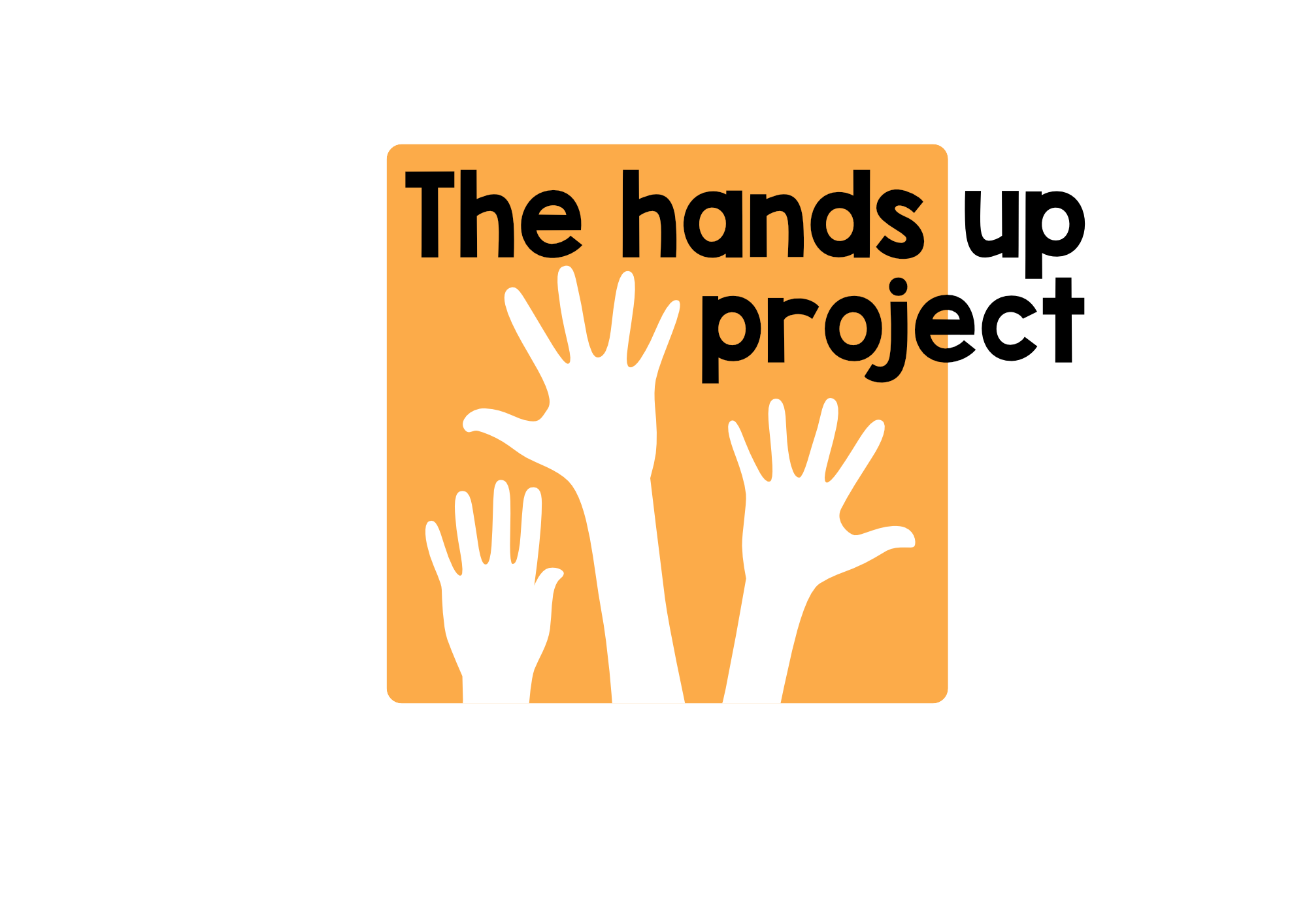Every story paints a picture
In the course of my career, I've been lucky enough to observe a vast number of language teachers in many different contexts, and many of the things that I do as a teacher, or teacher trainer, are things that I learnt whilst watching other teachers at work.
This week I want to explore a very simple but effective activity for working with young learners, which I first saw when observing Maha Sharba’s class at the Arabic club for kids in London. Maha is from Syria and she’s a teacher of Arabic as a foreign language to children.
When I came into the room, all the kids were drawing pictures. Maha was walking around the class talking to the children in Arabic about what they were drawing, sometimes on a one to one basis, and sometimes to a small group. They were quite a young class with quite a limited level of Arabic so, apart from saying isolated words for the vocabulary that they knew, they were mostly responding to her in English. It seemed to me that what Maha was doing was just right for this group of children. She was taking a real interest in what they had drawn, and, through this, exposing them to a lot of useful Arabic. Because they had drawn the pictures themselves, they had the perfect personalised context to connect the language to. I liked the fact too that she wasn't turning this into a controlled practice activity by making the children repeat the words that she was saying. There was a very relaxed atmosphere in the room and I think the children really appreciated what she was doing.
Linking language to images is something that I mentioned in last week's post about the Kamishibai storytelling technique. There, I was focusing on the use of pre-constructed images to clarify meaning in storytelling. But, of course, the opposite process is also happening when children listen to a story. As children hear something that they understand they automatically construct an image in their mind's eye to illustrate what is going on. It's an active, creative process involving a lot of imagination, and it's quite different from what happens when we listen to something where all the images are already provided (such as watching a cartoon for example). Perhaps images created in the mind's eye are more memorable than those which are already provided.
Earl Stevick (1993) seemed to hint at this, placing the creation of mental imagery at the heart of learning.... ‘Our imagining equipment is intimately associated with our remembering equipment…In order for this wonderful equipment to serve our students best, we need to provide occasions for its use..and some kind of distinctive, meaningful response to what imagination has produced.’
So what kind of responses can we provide to what imagination has produced in our classes? Well, one thing is, after telling a story, we can simply ask learners to discuss how they imagined the different characters or places. There's no right answer of course, and everyone will have probably imagined things differently, so it can lead to an interesting discussion. Or we could ask them to draw what they imagined, and then do Maha's activity of going round the class and discussing their drawings with them. I can't go round the class when I'm working remotely of course, so here's my attempt at doing the activity with the kids in Jabalia, where they're taking it in turns to come up to the webcam.
A set of pictures and the readers' theatre script for the story they had listened to (Juha and the meat) is now available to download on the resources page.
So what kind of activities can you do in your classes where students create pictures in their minds? Do you ever ask your students to draw in class? What do you do with the drawings they produce?
Reference: Stevick, E (1993) Imagination and Memories: Friends or Enemies; Journal of the Imagination in Language Learning and Teaching
